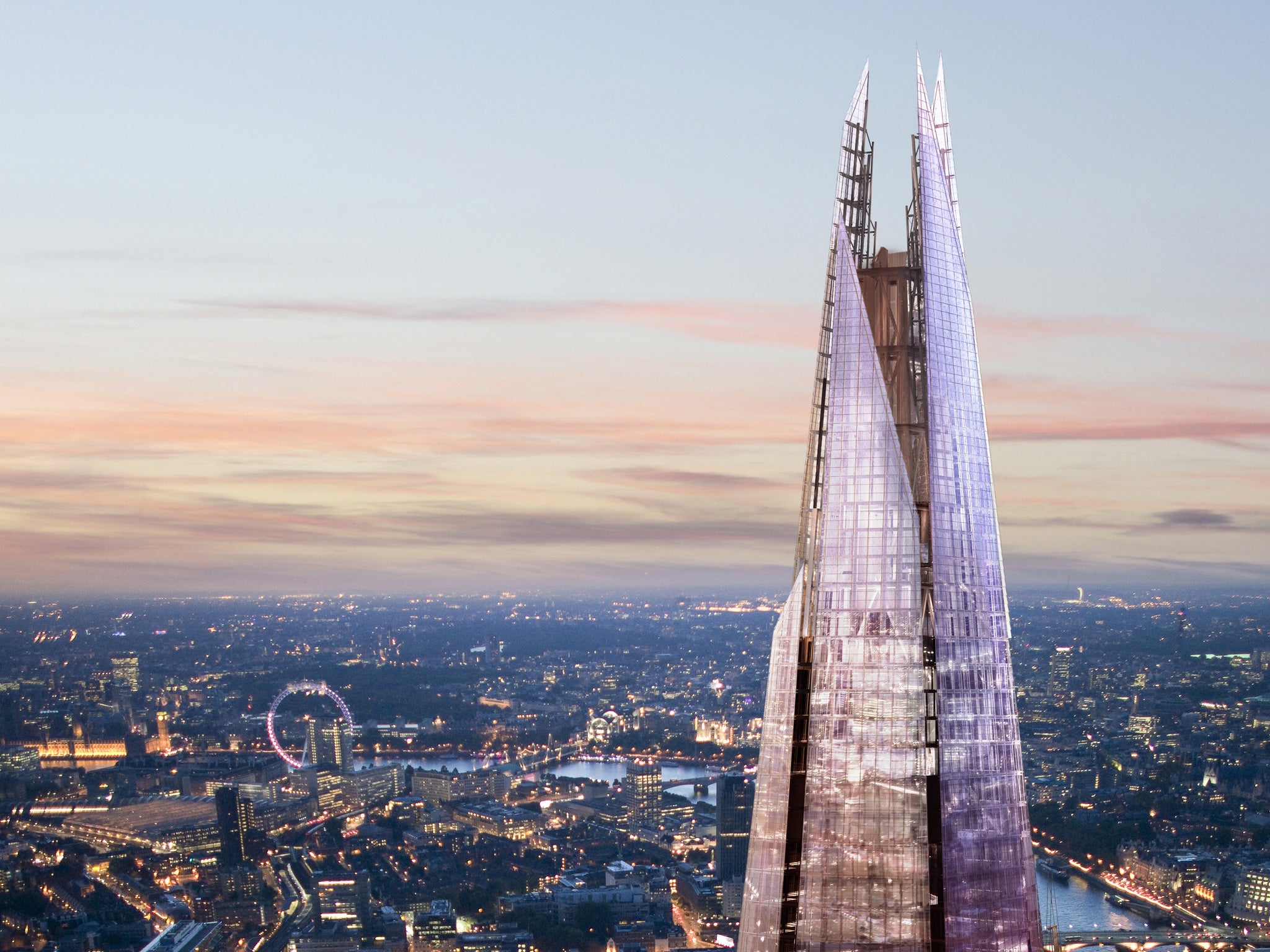The lights are off and there’s no one home
A year after it opened, the Shard is reported to be virtually empty of tenants

The 72-storey Shard, spearing 1,000ft into the London sky, is a prism of commercial ambition. Its British co-developer, Irvine Sellar, once said that the skyscraper – whose form was originally sketched on the back of a napkin by architect Renzo Piano – was an up-yours to the Eiffel Tower. And yet, almost a year after opening, the Shard is reported to be virtually empty of tenants.
This situation is supposedly the result of its location: being south of the Thames doesn’t justify its high floorspace rents, therefore corporate clients (and those in the market for one of its £50m apartments) have backed off. The Shard’s creators must surely be in big trouble.
Or rather not. The Shard and its lack of occupiers – notwithstanding the imminent opening of a hotel in the building – is evidence that London’s top-end property market has developed a stratospheric new layer that is impervious to short or even medium-term earning requirements. And at the pinnacle of this hyper-premium fraction of the property market is the Knightsbridge gaff known as One Hyde Park, with the world’s first £100m apartments. Guess what: most of it is owned by absentee tenants.
There is a defining connection between the Shard and One Hyde Park: they were financed by Qatari investors. Irvine Sellar certainly dreamed up the Shard scheme and covered its initial development costs, but Qatari institutions bought a controlling 80 per cent stake in it after the 2008 economic crash.
The salient fact is that Qatar’s unprecedented petrodollar wealth – derived from about 80m tonnes of natural gas annually, equivalent of 8m barrels of oil a day – means that there is simply no make-or-break need for immediate returns on even their biggest commercial speculations.
The Shard remains a physical and commercial oddity, which gives potential corporate tenants plenty of scope to argue that the rents are too high to risk. And perhaps London Bridge, where the Shard resides, is not yet buzzy enough to meet the lunch-hour and shopping needs of its potential inhabitants. The key to its future occupancy is what lies beneath: London Bridge station processes well over a quarter of a million people every day, mostly servants of the City.
Thousands of commuters will eventually jump at the chance of being able to get off their trains and take a lift directly to their offices, rather than shuffle across London Bridge like the ghostly workers in The Waste Land. The Qataris have moved the London real estate game into a strange new realm, rather like the one that Eliot’s commuters were walking towards. He called it the Unreal City.

Join our commenting forum
Join thought-provoking conversations, follow other Independent readers and see their replies